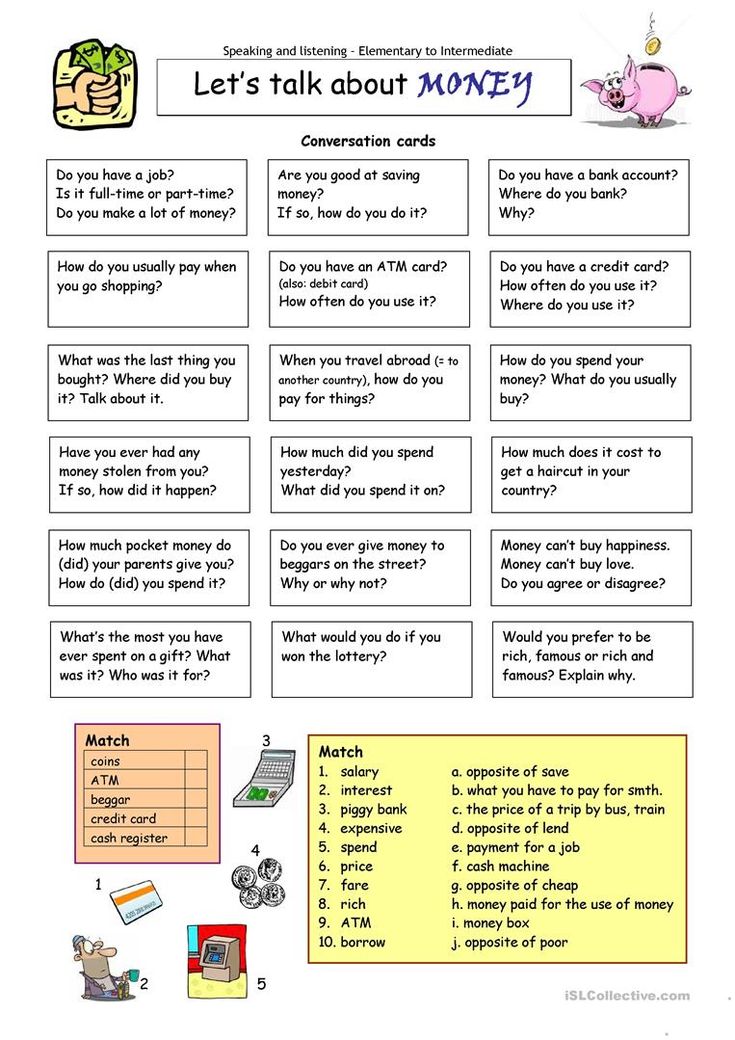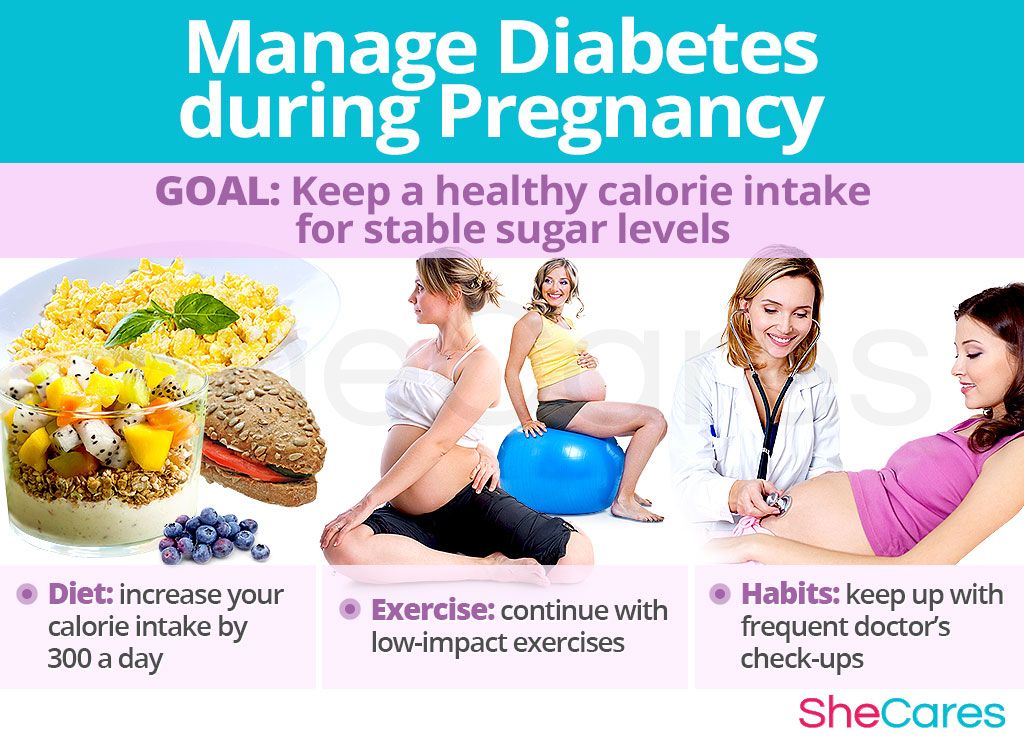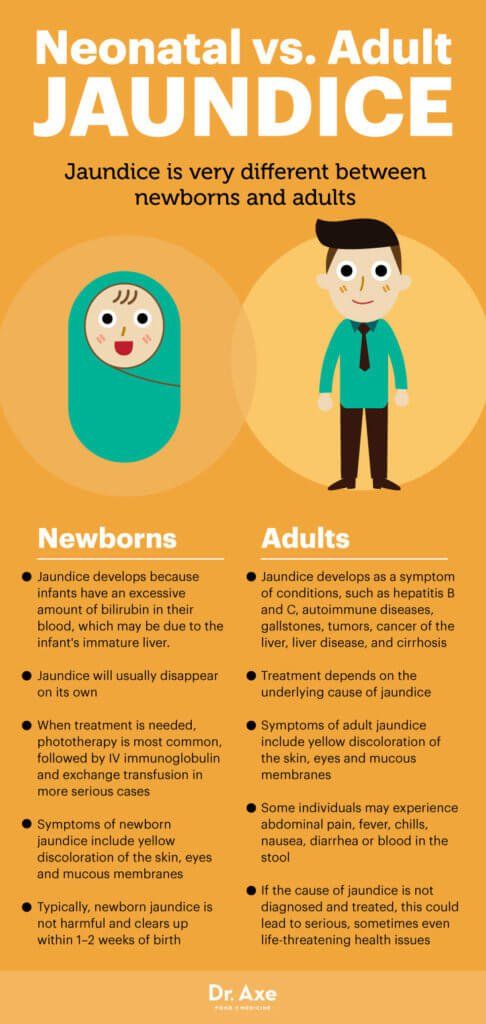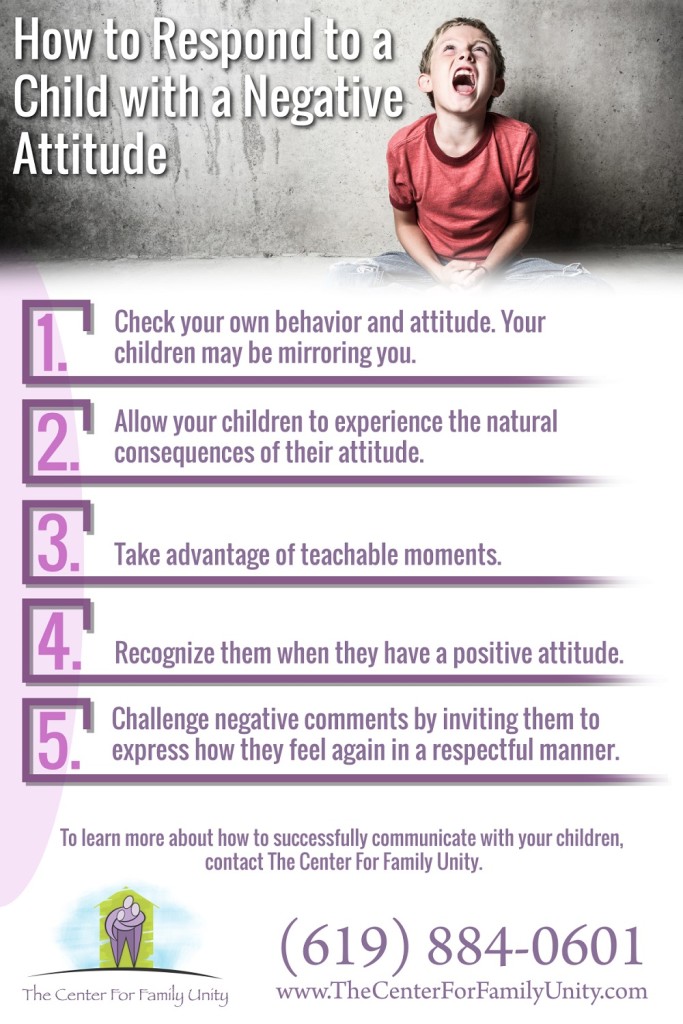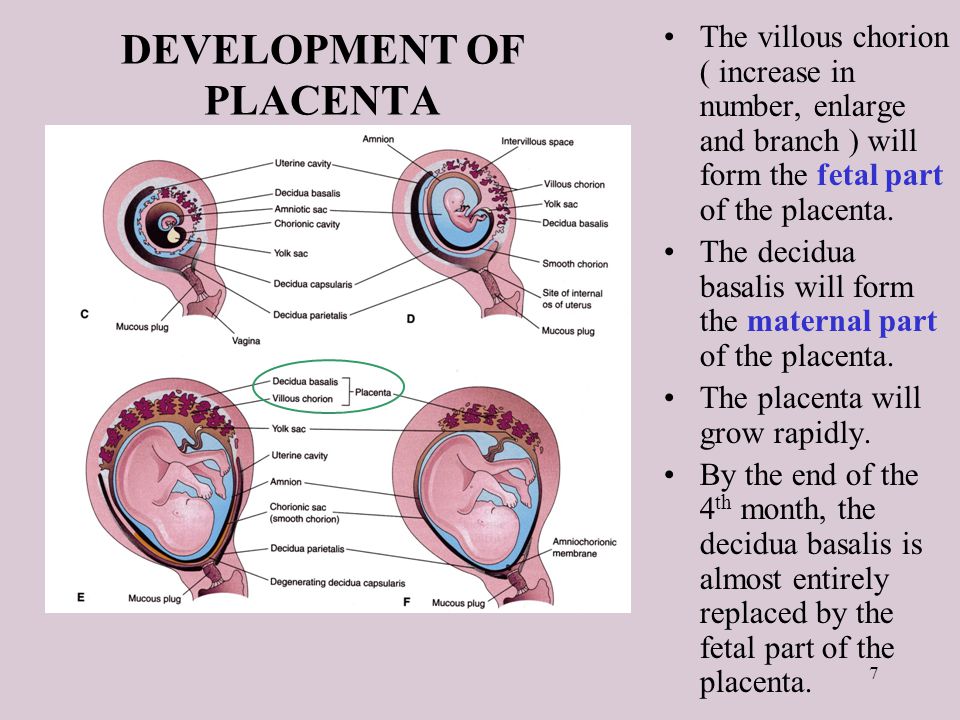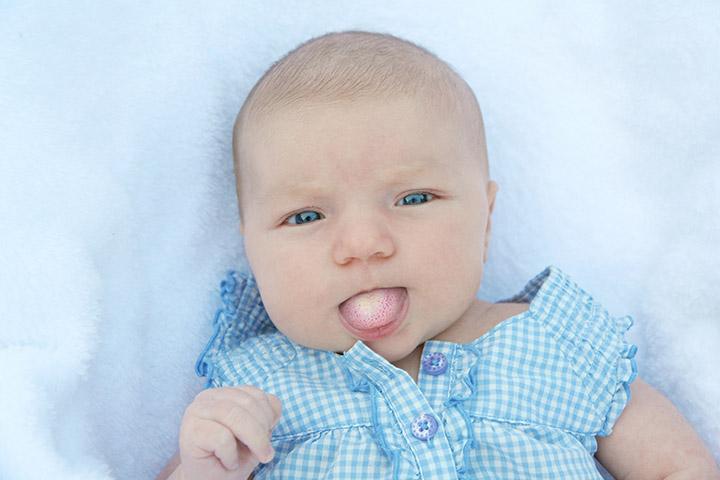My nipple is cracked
Cracked nipples: Causes, treatment, and remedies
Cracked nipples most often result from chafing during sports and due to breastfeeding.
Cracked nipples are characterized by red, irritated, and scabbed skin on or around the nipple. Using gentle creams and avoiding harsh soaps, chemicals, and tight clothing can help treat and prevent nipple cracking.
An estimated 38% of people who experience problems with breastfeeding or chestfeeding have sore or cracked nipples. This can make future breastfeeding sessions uncomfortable.
This article discusses why cracked nipples occur and how to treat them. It takes a close look at how to manage this symptom when breastfeeding, including pain relief and tips for preventing further damage.
Share on PinterestA person may experience cracked nipples when they are breastfeeding.Cracked nipples are most often due to nipple trauma. It can affect both men and women as a result of chafing against clothing or tissue damage from cuts or blows. It may be more likely if the nipples protrude more.
During breastfeeding, causes of cracked nipples include:
- problems with the baby’s latch
- not finding the optimal position
- not finding the ideal technique
- using a breast pump, particularly if the pump flange is too small
Cracked nipples are most likely to occur in the first month postpartum, according to an article in the journal BMC Pregnancy and Childbirth.
As a baby is learning to nurse, they may take additional time and effort to latch onto the breast. The friction can irritate and sensitize the nipple. The nipple can also become dry, leading to cracked skin and occasional bleeding.
Using a bottle to feed a baby before trying breastfeeding may also increase the chance of cracked nipples. This is because a baby will typically use a different sucking technique when using a bottle compared with a breast. If they are more used to a bottle, they may be more likely to cause nipple trauma.
If a baby needs supplemental milk in the early days or weeks of life, lactation consultants tend to recommend spoon, cup, or syringe feeding, rather than using a bottle. Using a spoon, cup, or syringe is less likely to have an adverse effect on the baby’s latch and long-term breastfeeding success.
To treat cracked nipples, a person can:
- Apply emollient creams, such as lanolin-based creams or coconut oil, to the nipples after breastfeeding. This can soften the skin and reduce cracking. Some people even apply breast milk to the nipples and allow it to dry, which can prevent cracking and has antibacterial properties.
- Apply a corticosteroid cream immediately after breastfeeding for no longer than 2 weeks at a time. Applying steroids for a longer time period could cause thinning of the nipple’s skin. Only try this if a healthcare professional has recommended it.
- Avoid wearing bras that are too tight, as this can increase friction on the nipples.
- Avoid using harsh soaps, deodorants, body powders, and other substances that could dry out the nipples.

Allowing time to heal and finding improved ways for a baby to latch onto the breast should also help cracked nipples heal.
A lactation consultant can help people struggling with breastfeeding to identify ways to improve the experience. This can enhance comfort and reduce nipple trauma that leads to cracked nipples.
Examples include evaluating:
- how the baby latches
- infant positioning
- parental positioning
- the nipple’s appearance after feeding
A lactation consultant can make recommendations after observing a feeding. They may suggest trying the following.
- Sit in a chair or in bed, leaning slightly back in a position that feels comfortable. Use as many pillows as needed to feel supported.
- Hold the baby “belly to belly,” so that the front of their body is against the front of the parent’s. The baby should not have to turn their head to the side to reach the breast.
- Before latching the baby, position them so that their nose is aligned with the nipple.
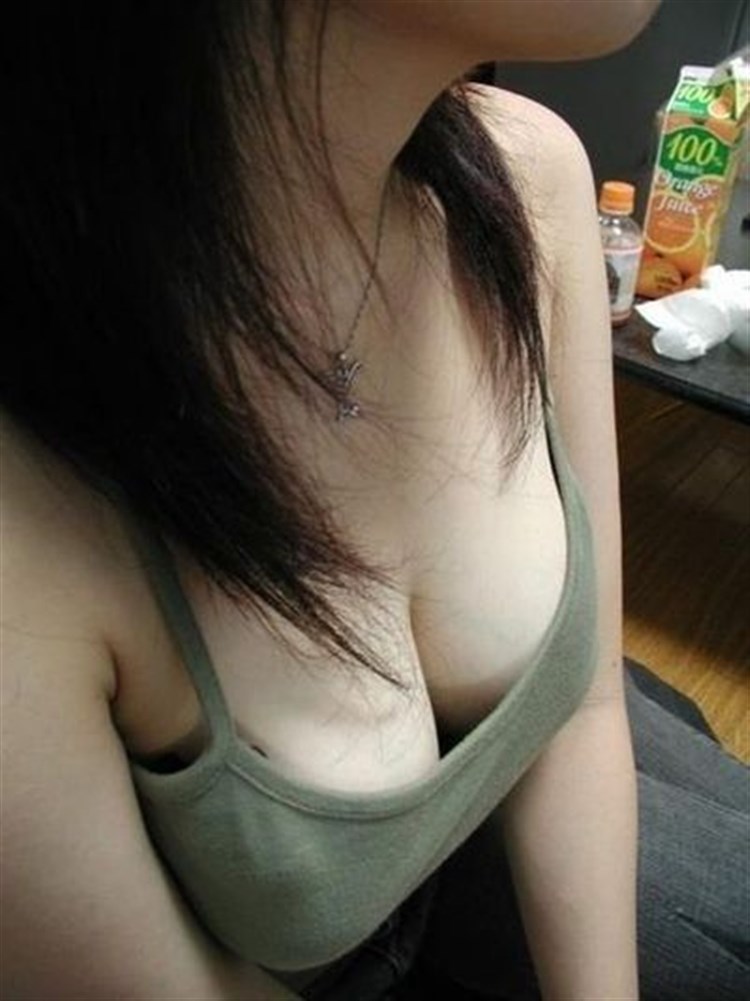
- Gently rub the nipple back and forth over the baby’s mouth. This should encourage them to open their mouth. Squeezing a little bit of milk or colostrum out of the breast can also help get the baby’s attention.
- Once the baby’s mouth is open, they should take the full areola into their mouth, not just the tip of the nipple. Generally, their chin will touch the breast first.
- If the baby’s latch starts to hurt, use a finger on the corner of their mouth, moving around the lips until their mouth breaks the seal.
If this approach does not work, try different hold options. Some examples include the “football” hold and the cradle position.
The “football” hold positions the baby’s body on the same side they are feeding from. Breastfeeding consultants often recommend this hold for people who had a cesarean birth, as the baby’s body will not cross the surgical incision.
The cradle position involves holding the baby in a cross-body position. A breastfeeding pillow, or a pillow underneath the baby, brings them up to breast height, and the parent will cradle the baby until the baby is securely against the chest and stomach.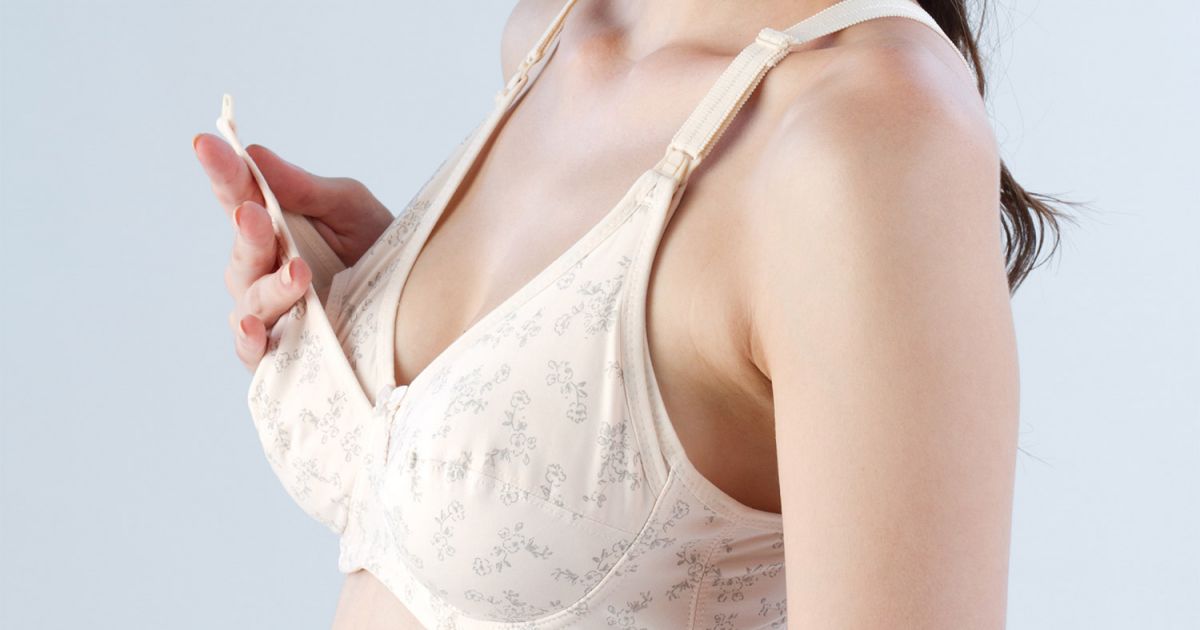 The baby should not have to turn their head to access the breast.
The baby should not have to turn their head to access the breast.
Nipple discomfort and tenderness is common when someone first starts breastfeeding or chestfeeding. However, taking the following preventive steps can help prevent cracked nipples:
- Ensure that the baby is adequately latching onto the breast. The nipple should be fully inside the baby’s mouth, with most of the areola in the mouth, too. A person should talk to a lactation consultant as soon as possible if they are not sure that the baby is latching well.
- Hand-express a small amount of breast milk before feeding the baby, so that the breasts are not engorged (overfull and hard). Breast engorgement can make it more difficult for the baby to latch well.
- Wash the breasts with warm water only and avoid using hard soaps to prevent dryness.
- Apply nipple ointment or allow breast milk to dry on the breasts.
- Consider wearing breast pads made from natural materials, as these can reduce friction on the breasts.

- Always allow the baby to come off the breast naturally.
Pain associated with breastfeeding is a common cause of stopping breastfeeding early, according to the Academy of Breastfeeding Medicine. Even if a parent has cracked nipples, they can usually continue to breastfeed while they heal.
To do so:
- Continue to vary nursing positions. This can reduce the stress on the nipples and help a person find a position that works best for them and their baby.
- Start by nursing on the side that is less sore until the breast milk letdown occurs. Then, switch to the other side, where the baby will not need to suck on the breast as hard because the milk will come out more easily.
- Apply breast milk or lanolin to the nipples after breastfeeding and allow them to air dry.
Sometimes, a lactation consultant might recommend using a silicone nipple shield for a while, to allow the nipples to heal without interrupting nursing.
If a person continues to experience cracked nipples, they can speak to their midwife or obstetrician, who may recommend seeking further lactation consulting or prescribe creams to help the nipples heal.
Cracked nipples can be a common side effect when establishing breastfeeding.
A person does not usually need to stop breastfeeding when they have cracked nipples, but this symptom might indicate that they need to improve the baby’s latch to reduce pain and enhance overall breastfeeding success.
If a person is concerned about cracked nipples or worried about infection, they can see their lactation consultant, midwife, or doctor for advice.
Cracked nipples: Causes, treatment, and remedies
Cracked nipples most often result from chafing during sports and due to breastfeeding.
Cracked nipples are characterized by red, irritated, and scabbed skin on or around the nipple. Using gentle creams and avoiding harsh soaps, chemicals, and tight clothing can help treat and prevent nipple cracking.
An estimated 38% of people who experience problems with breastfeeding or chestfeeding have sore or cracked nipples. This can make future breastfeeding sessions uncomfortable.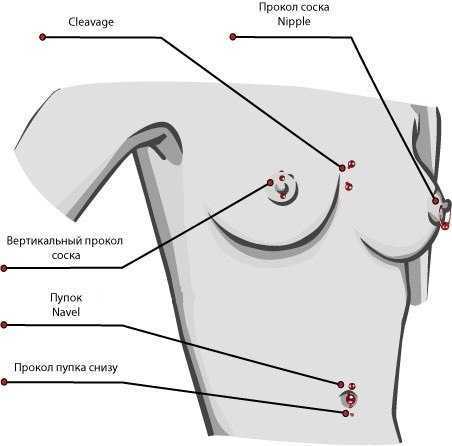
This article discusses why cracked nipples occur and how to treat them. It takes a close look at how to manage this symptom when breastfeeding, including pain relief and tips for preventing further damage.
Share on PinterestA person may experience cracked nipples when they are breastfeeding.Cracked nipples are most often due to nipple trauma. It can affect both men and women as a result of chafing against clothing or tissue damage from cuts or blows. It may be more likely if the nipples protrude more.
During breastfeeding, causes of cracked nipples include:
- problems with the baby’s latch
- not finding the optimal position
- not finding the ideal technique
- using a breast pump, particularly if the pump flange is too small
Cracked nipples are most likely to occur in the first month postpartum, according to an article in the journal BMC Pregnancy and Childbirth.
As a baby is learning to nurse, they may take additional time and effort to latch onto the breast.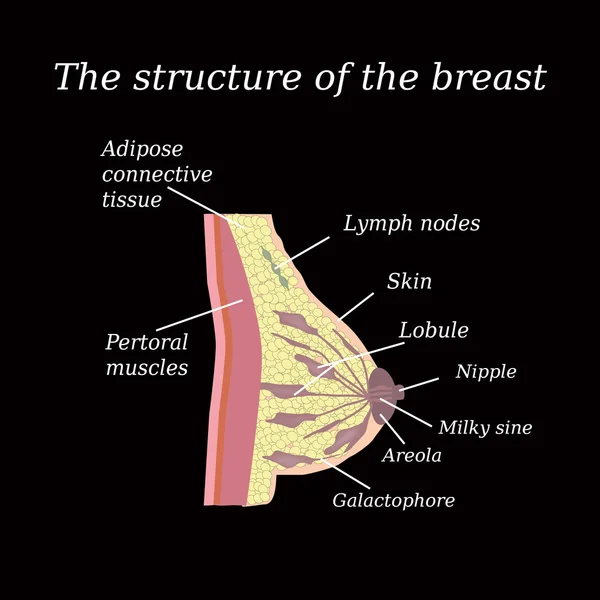 The friction can irritate and sensitize the nipple. The nipple can also become dry, leading to cracked skin and occasional bleeding.
The friction can irritate and sensitize the nipple. The nipple can also become dry, leading to cracked skin and occasional bleeding.
Using a bottle to feed a baby before trying breastfeeding may also increase the chance of cracked nipples. This is because a baby will typically use a different sucking technique when using a bottle compared with a breast. If they are more used to a bottle, they may be more likely to cause nipple trauma.
If a baby needs supplemental milk in the early days or weeks of life, lactation consultants tend to recommend spoon, cup, or syringe feeding, rather than using a bottle. Using a spoon, cup, or syringe is less likely to have an adverse effect on the baby’s latch and long-term breastfeeding success.
To treat cracked nipples, a person can:
- Apply emollient creams, such as lanolin-based creams or coconut oil, to the nipples after breastfeeding. This can soften the skin and reduce cracking. Some people even apply breast milk to the nipples and allow it to dry, which can prevent cracking and has antibacterial properties.
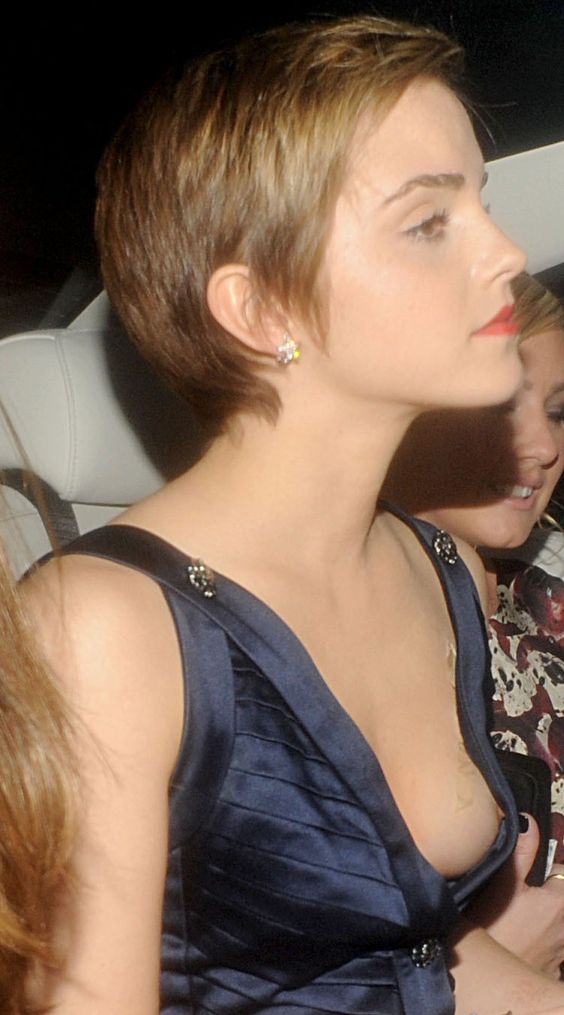
- Apply a corticosteroid cream immediately after breastfeeding for no longer than 2 weeks at a time. Applying steroids for a longer time period could cause thinning of the nipple’s skin. Only try this if a healthcare professional has recommended it.
- Avoid wearing bras that are too tight, as this can increase friction on the nipples.
- Avoid using harsh soaps, deodorants, body powders, and other substances that could dry out the nipples.
Allowing time to heal and finding improved ways for a baby to latch onto the breast should also help cracked nipples heal.
A lactation consultant can help people struggling with breastfeeding to identify ways to improve the experience. This can enhance comfort and reduce nipple trauma that leads to cracked nipples.
Examples include evaluating:
- how the baby latches
- infant positioning
- parental positioning
- the nipple’s appearance after feeding
A lactation consultant can make recommendations after observing a feeding. They may suggest trying the following.
They may suggest trying the following.
- Sit in a chair or in bed, leaning slightly back in a position that feels comfortable. Use as many pillows as needed to feel supported.
- Hold the baby “belly to belly,” so that the front of their body is against the front of the parent’s. The baby should not have to turn their head to the side to reach the breast.
- Before latching the baby, position them so that their nose is aligned with the nipple.
- Gently rub the nipple back and forth over the baby’s mouth. This should encourage them to open their mouth. Squeezing a little bit of milk or colostrum out of the breast can also help get the baby’s attention.
- Once the baby’s mouth is open, they should take the full areola into their mouth, not just the tip of the nipple. Generally, their chin will touch the breast first.
- If the baby’s latch starts to hurt, use a finger on the corner of their mouth, moving around the lips until their mouth breaks the seal.
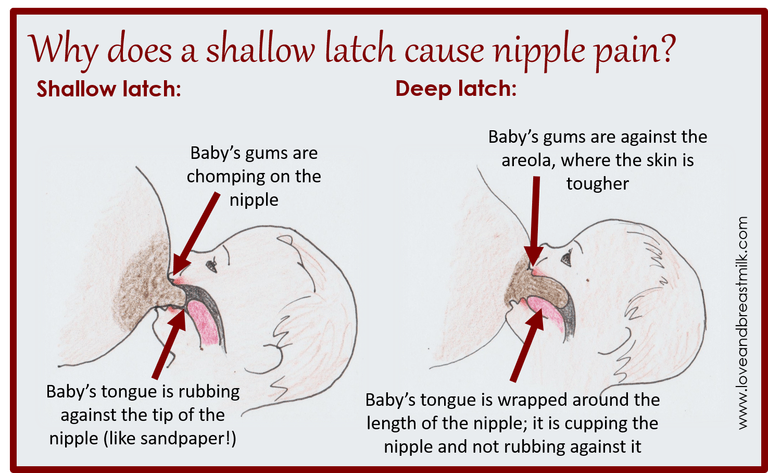
If this approach does not work, try different hold options. Some examples include the “football” hold and the cradle position.
The “football” hold positions the baby’s body on the same side they are feeding from. Breastfeeding consultants often recommend this hold for people who had a cesarean birth, as the baby’s body will not cross the surgical incision.
The cradle position involves holding the baby in a cross-body position. A breastfeeding pillow, or a pillow underneath the baby, brings them up to breast height, and the parent will cradle the baby until the baby is securely against the chest and stomach. The baby should not have to turn their head to access the breast.
Nipple discomfort and tenderness is common when someone first starts breastfeeding or chestfeeding. However, taking the following preventive steps can help prevent cracked nipples:
- Ensure that the baby is adequately latching onto the breast. The nipple should be fully inside the baby’s mouth, with most of the areola in the mouth, too.
 A person should talk to a lactation consultant as soon as possible if they are not sure that the baby is latching well.
A person should talk to a lactation consultant as soon as possible if they are not sure that the baby is latching well. - Hand-express a small amount of breast milk before feeding the baby, so that the breasts are not engorged (overfull and hard). Breast engorgement can make it more difficult for the baby to latch well.
- Wash the breasts with warm water only and avoid using hard soaps to prevent dryness.
- Apply nipple ointment or allow breast milk to dry on the breasts.
- Consider wearing breast pads made from natural materials, as these can reduce friction on the breasts.
- Always allow the baby to come off the breast naturally.
Pain associated with breastfeeding is a common cause of stopping breastfeeding early, according to the Academy of Breastfeeding Medicine. Even if a parent has cracked nipples, they can usually continue to breastfeed while they heal.
To do so:
- Continue to vary nursing positions. This can reduce the stress on the nipples and help a person find a position that works best for them and their baby.

- Start by nursing on the side that is less sore until the breast milk letdown occurs. Then, switch to the other side, where the baby will not need to suck on the breast as hard because the milk will come out more easily.
- Apply breast milk or lanolin to the nipples after breastfeeding and allow them to air dry.
Sometimes, a lactation consultant might recommend using a silicone nipple shield for a while, to allow the nipples to heal without interrupting nursing.
If a person continues to experience cracked nipples, they can speak to their midwife or obstetrician, who may recommend seeking further lactation consulting or prescribe creams to help the nipples heal.
Cracked nipples can be a common side effect when establishing breastfeeding.
A person does not usually need to stop breastfeeding when they have cracked nipples, but this symptom might indicate that they need to improve the baby’s latch to reduce pain and enhance overall breastfeeding success.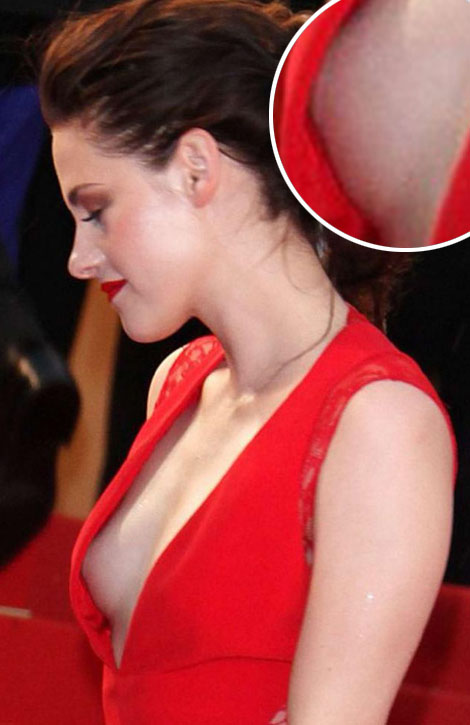
If a person is concerned about cracked nipples or worried about infection, they can see their lactation consultant, midwife, or doctor for advice.
Nipple fissure - health articles
11/10/2022
Nipple fissure - defect, damage to the integrity of the skin on the nipples of the mammary glands. It is manifested by a sharp soreness with irradiation to the shoulder blade when feeding a child. It can be complicated by infection of wounds, the development of candidiasis on the nipple, mastitis. If cracks become infected, there is a risk of infection of the child during feeding.
Treatment of cracked nipples begins with the elimination of their cause. In parallel, they carry out the prevention of their infection, use means that promote the speedy healing.
Causes
The main reason for the appearance of cracks is the lack of breastfeeding during feeding. When properly applied to the breast, the nipple rests against the baby's palate in a fixed motionless position, the child squeezes the areola with its jaws, contributing to the outflow of milk. In this case, the lower lip of the child is tucked up. If the nipple is not inserted to the proper depth, then it ends up on the tongue, gaining mobility, the lower lip injures the nipple and areola, and the jaws compress the breast in the most sensitive and easily damaged place. As a result of constant irritation of the nipple and areola areas, damage to the skin occurs - cracks form.
In this case, the lower lip of the child is tucked up. If the nipple is not inserted to the proper depth, then it ends up on the tongue, gaining mobility, the lower lip injures the nipple and areola, and the jaws compress the breast in the most sensitive and easily damaged place. As a result of constant irritation of the nipple and areola areas, damage to the skin occurs - cracks form.
The second most common cause of cracked nipples may be improper weaning. Often, when feeding, mothers do not support the child's head, and also place his stomach not towards himself, but up. As a result, at the end of feeding, the child turns away from the breast, pinching the nipple in the jaws. There is pressure on areas of the nipple that are not intended for this.
Another common cause is washing your nipples too often. Modern medicine does not support the need to wash the breast after each feeding. With frequent washing, the nipples are washed off their natural lubricant, which is secreted by special glands in the skin of the areola (Montgomery's glands) and the nipples lose one of their natural protective mechanisms.
Fissures can also develop when feeding older children as a result of bites from erupted teeth.
The development of thrush contributes to the occurrence of cracked nipples.
Symptoms
Symptoms that may appear both in the early periods of feeding and later:
- solitary or multiple lesions of the skin of the breast, nipples and areals;
- superficial cracks that will show up on contact with underwear;
- subcutaneous fissures, characterized by severe pain;
- bleeding;
- slight suppuration;
- increased sensitivity and soreness of the nipples;
- Excessively dry skin around the nipples and areolas.
Even if you notice that at least one of the above symptoms appears from time to time and then disappears, this can also be an important signal of a possible infection or the presence of any other disease.
Treatment of cracked nipples
If it is a small cracked nipple, treatment can be started at home. The first step is to prevent infection. Change your underwear every day, iron your bra after washing with a hot iron. Put disposable sterile pads inside the bra and change them when they become damp.
The first step is to prevent infection. Change your underwear every day, iron your bra after washing with a hot iron. Put disposable sterile pads inside the bra and change them when they become damp.
It is not worth washing the breast after each feeding, so as not to violate the natural protection. Mother's milk itself is a good antiseptic, so it can be used as a cream for cracked nipples, squeezing a few drops after feeding. Be sure to let the milk dry, hold your chest open for a few minutes.
Earlier, when nipple cracks appeared, treatment was started with green paint. You should not do this, as it has been proven that brilliant green is quite toxic. It is better to use a methylene blue aqueous or alcohol solution as an antiseptic, this antiseptic will also serve to prevent thrush in a child. It should be noted that antiseptics cannot solve the problem of how to treat nipple cracks, they only prevent infection.
Cracked nipples can be lubricated with castor oil to soften the skin and heal quickly.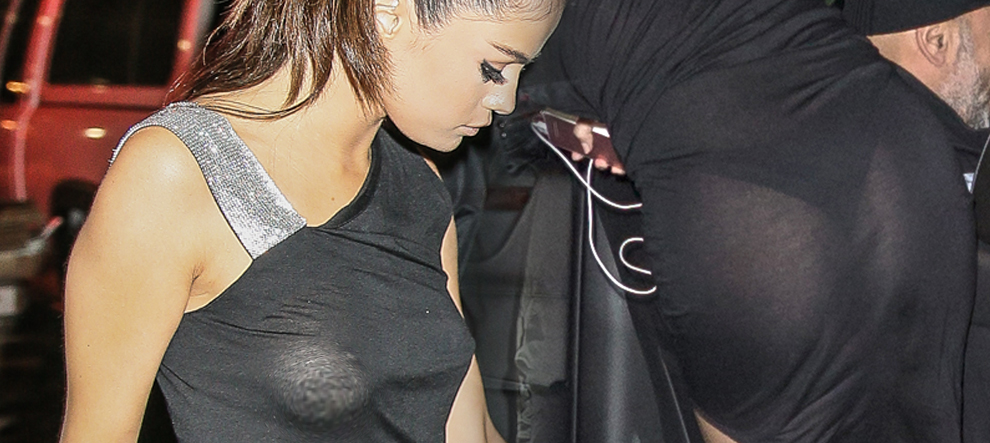 It can be replaced with sea buckthorn or rosehip oil. Oil is applied to cracked nipples after feeding. Be sure to wait until it dries, and only then put on a bra.
It can be replaced with sea buckthorn or rosehip oil. Oil is applied to cracked nipples after feeding. Be sure to wait until it dries, and only then put on a bra.
Compresses for cracked nipples can be made from butter and applesauce. Apples need to be rubbed on a grater, add butter to them in a ratio of 1: 1 and attach to the chest. Hold the compress for 2-3 hours.
Kalanchoe or aloe juice has an excellent healing effect. The leaves of the plants are cut in half and smeared with pulp on the cracks in the nipples. Juice can be squeezed out and compresses can be made from it.
Cracked nipples during feeding can also be treated with products from a pharmacy. A good effect is given by preparations based on lanolin. This substance does not give allergies and is safe enough for the child.
Cracked nipples | Medela
Amir, L.H. ABM Clinical Protocol #4: Mastitis, Revised March 2014. Breastfeed Med 9, 239–243 (2014). - Amir L.Kh., "AVM Clinical Protocol #4: Mastitis", revised March 2014 Brestfeed Med 9 (Breastfeeding Medicine) 239–243 (2014).
- Amir L.Kh., "AVM Clinical Protocol #4: Mastitis", revised March 2014 Brestfeed Med 9 (Breastfeeding Medicine) 239–243 (2014).
Jacobs, A. et al. S3-Guidelines for the Treatment of Inflammatory Breast Disease during the Lactation Period: AWMF Guidelines, Registry No. 015/071 (short version) AWMF Leitlinien-Register Nr. 015/071 (Kurzfassung). Geburtshilfe Frauenheilkd . 73, 1202–1208 (2013). - Jacobs A. et al., "Recommendations S -3 for the management of inflammatory breast disease during breastfeeding: AWMF guidelines , registration number 015/071 (abbreviated version)" Leitlinjen- Registration number 015/071 (Kurzfassung). Geburtschilde Frauenheilkd. 73, 1202–1208 (2013).
American Academy of Pediatrics and The American College of Obstetricians and Gynecologists. Breastfeeding handbook for physicians 2006).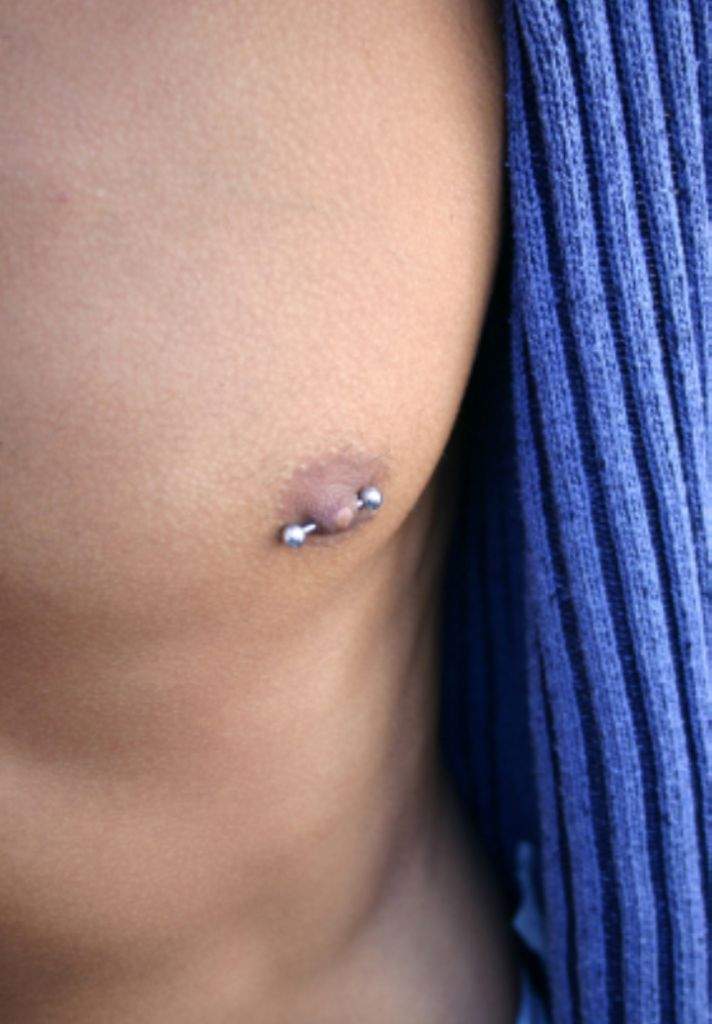 - American Academy of Pediatrics and American College of Obstetrics and Gynecology. "Medical Guide to Breastfeeding", 2006.
- American Academy of Pediatrics and American College of Obstetrics and Gynecology. "Medical Guide to Breastfeeding", 2006.
Lawrence , R . A . & Lawrence , R . M . Breastfeeding : a guide for the medical profession ( Elsevier Mosby , Maryland Heights , MO , 2011). - Lawrence R.A., Lawrence R.M., "Breastfeeding: A guide for healthcare professionals." (Publisher Maryland Heights , Missouri, USA: Elsevier Mosby; 2011.)
McClellan, H.L. et al. Infants of mothers with persistent nipple pain exert strong sucking vacuums. Paediatica 97, 1205–1209 (2008). — McClellan H.L. et al., "Babies of mothers suffering from persistent nipple pain create extremely high sucking vacuums." Pediatrics 97, 1205–1209 (2008).
Paediatica 97, 1205–1209 (2008). — McClellan H.L. et al., "Babies of mothers suffering from persistent nipple pain create extremely high sucking vacuums." Pediatrics 97, 1205–1209 (2008).
McClellan, H.L. et al. Breastfeeding frequency, milk volume, and duration in mother-infant dyads with persistent nipple pain. Breastfeed Med 7, 275–281 (2012). — McClellan H.L. et al., "Breastfeeding frequency, milk quantity and duration of feedings in case of persistent maternal sore nipples", Brestfeed Med (Breastfeeding Medicine) 7, 275–281 (2012).
McClellan, H.L. et al. Nipple pain during breastfeeding with or without visible trauma. J Hum Lact 28, 511–521 (2012). — McClellan H.L. et al., "Nipple pain during breastfeeding with or without visible lesions." J Hum Lakt (Journal of the International Association of Lactation Consultants" 28, 511–521 (2012).


